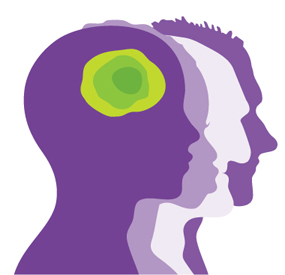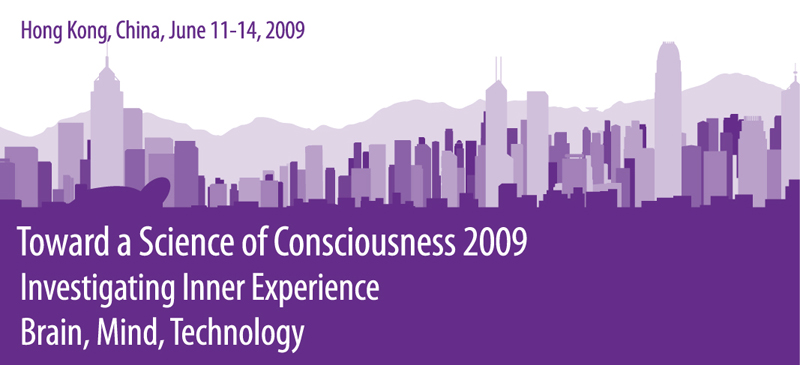|


|
Identity Discourses on the Dance Floor
Bryan Rill
Electronic Dance Music Culture (EDMC) is one of the largest subcultural musical movements in history. The dance floor is a creative context that engenders a freedom among participants to reshape their social identity within the Temporary Autonomous Zones (TAZ) that raves, the central spaces for EDMC, provide. On the dance floor, participants enter into powerful trances that have the capacity to reshape notions of self and personhood. This paper examines such identity discourses and suggests that trance consciousness re-constitutes the bodily self as an interaction rather than a corporeal body, radically altering the internal dialogue from which notions of self originate. I illuminate this process by articulating the phenomenal experience of musical trancing with scientific theories of human consciousness. Drawing on the ideas of Merleau-Ponty and Damasio, I suggest an integrative model of consciousness that sheds new light upon the complex layering of trance experiences. The potential benefit of this model lies in its ability to theoretically capture the ineffable musical experience and reveal salient processes underlying the self-transformation reported in subjective narratives. This is pertinent not only to EDMC and other musical cultures, but to our more general understanding of the relationship between self and experience in the world.
|

